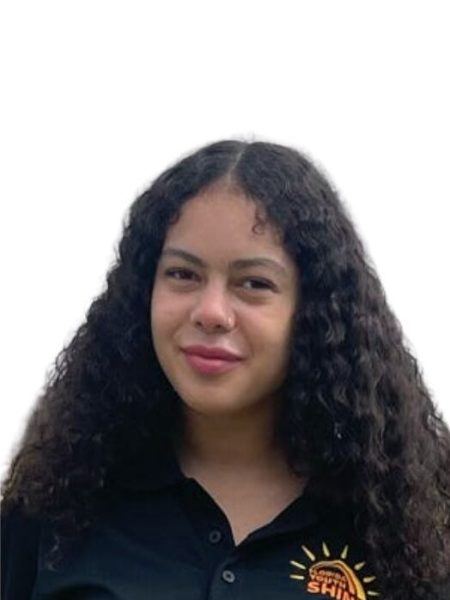How kids wind up in the foster care system is pretty much the same across Florida.
Investigators look into allegations of parents who are angry, absent, in trouble or just unable to do the job of parenting. They look into reports of children who are not being cared for, neglected, hurt or worse.
But according to a recent report by the Tampa Bay Times’ Christopher O’Donnell, Hillsborough County moves more of those children from their homes and into safe shelter than any other county in the state. That’s 1,672 in the last fiscal year, with kids going into foster care 14 times for every 100 investigations. That’s compared to a state rate of eight in 100.
What gives?
Like a lot of questions about our labyrinthine, underfunded and sometimes inadequate child welfare system, actual answers are tough to nail down.
Lawyers in the trenches will tell you that while there is often clear justification for taking a child out of a bad situation, in some borderline cases, officials may be doing so to play it safe.
It should go without saying that no kid should be yanked from his family, his room, his friends and his things and dropped into the foster care system without credible evidence. But given horror stories we read about children who end up hurt or killed because the system knew about them but did not protect them, could you blame an urge to err on the side of caution?
What a balancing act that must be, deciding that a child will be okay where he is. Probably.
But if there is evidence of children being systematically and unnecessarily removed in an abundance of caution, let’s have it. It’s worth noting this safeguard: Taking a child is approved by a judge. Only one Hillsborough case among hundreds was reversed this year.
Another factor to consider: Most counties use staffers contracted by the Department of Children and Families to investigate allegations to the state abuse hotline. But six, including Hillsborough, Pinellas and Pasco, use local sheriff’s offices — and five of those counties remove kids at a higher rate than statewide.
Do judges give more credibility to a law enforcement connection?
Should they?
Here is one theory that makes sense to me: Nearly a quarter of Hillsborough kids live in poverty, a population that stretches from Tampa’s hardscrabble urban core to the county’s far-flung rural corners. This, people in the system will tell you, makes getting social services everywhere they’re needed a challenge.
You can’t miss the fallout from all this. Dozens of kids ended up sleeping in offices recently because there were no foster care beds for them. And here is one seriously sad statistic: While 80 percent of children in the system statewide had a guardian ad litem to act as their advocate and their voice in court, only 55 percent of kids in Hillsborough do. And what these volunteer guardians do is invaluable, representing not parents or the DCF, but what’s best for the child — down to getting them counseling or making sure they have visits with their siblings. They are lifelines, and there are not enough of them.
Beyond the numbers is the reality of too many kids in a system unprepared — and elected officials who should care enough to address this before the next round of headlines.
Sue Carlton can be reached at carlton@tampabay.com.
Carlton: Why are so many Hillsborough kids in foster care? 08/09/16 [Last modified: Tuesday, August 9, 2016 9:06pm]
Original Article
© 2016 Tampa Bay Times

